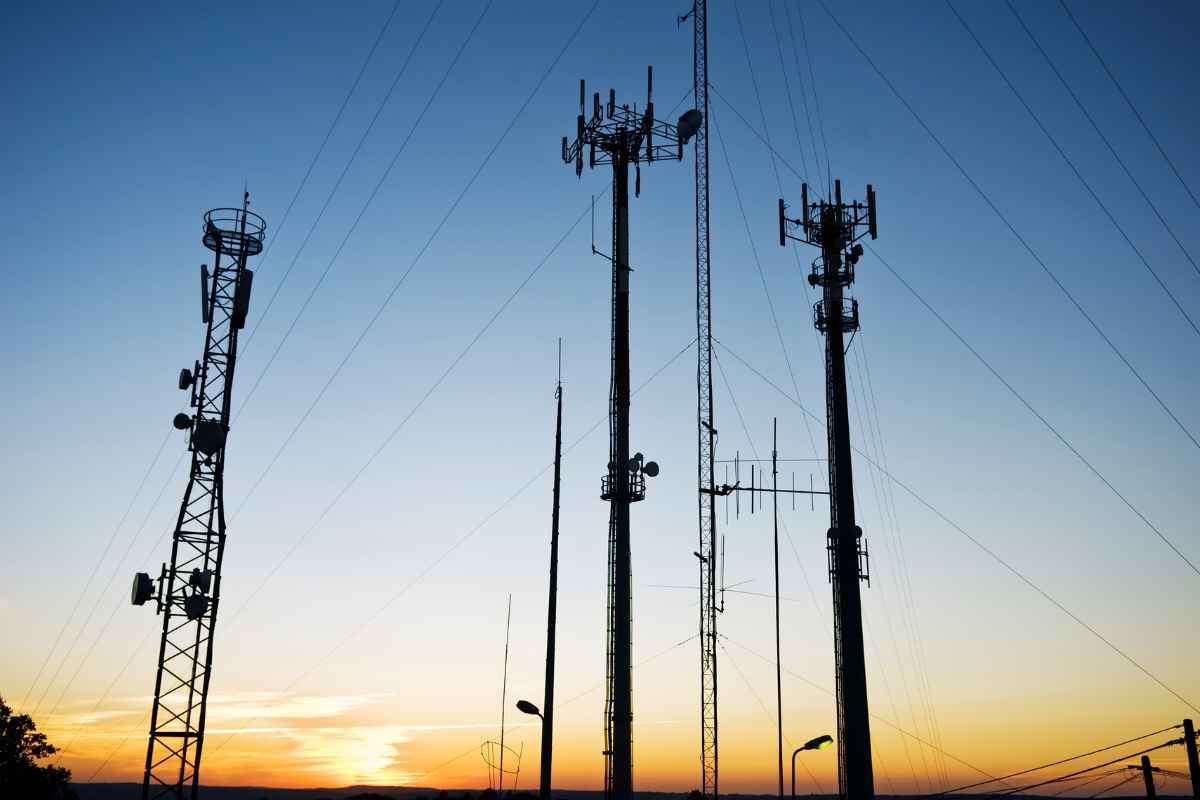
Bharat Sanchar Nigam Limited (BSNL) wants confirmation from the Department of Telecommunications (DoT) on whether it should extend the telecom services in the Naxal hit areas of the country or not. As per a PTI report, the Home Ministry is also seeking to understand what decision the telecom department will go ahead with.
The government pays out of its own pocket to keep the telecom services running in the Naxal hit areas so that the security forces and the police in the area can use the networks to communicate seamlessly. However, the telecom department has not said anything about the matter so far.
BSNL Doesn’t Want Any More Losses
BSNL has to use its own resources for providing services in the Naxal hit areas. The state-run telco wants the clear stance of the telecom department on the matter so that it can decide whether it wants to shut down or continue the operations in the concerned locations.
Ajay Bhalla, Union Home Secretary, said in a recent meeting that under no uncertain terms, these mobile towers and networks should remain active. This has led to the confusion of the future of the telecom services in the Naxal hit areas, and that is why the Home Ministry and BSNL want a clear stance of the DoT on the matter.
Anshuli Arya, the administrator of the Universal Service Obligation Fund (USOF), has received a letter about the decision of the Home Ministry. For the unaware, USOF is the pool of funds that the government generates through the Adjusted Gross Revenues (AGR) it charges from the telecom companies.
DoT then uses this fund to provide telecom services and connectivity in rural areas and Naxal hit areas of the country where the private operators don’t have any commercial benefit in providing services.
In Chhattisgarh alone, over 2,200 telecom towers were installed by the government using the funds from USOF to ensure that the security services and state police get all the connectivity they need to communicate seamlessly.
Looking at the recent developments, BSNL wants to understand whether the mobile towers in the concerned areas need to be kept active or not. The state-run telco has over 356 telecom sites in the Naxal affected areas, which it installed using its own resources.















